How Building Design Can Appeal to the YMCA's Membership
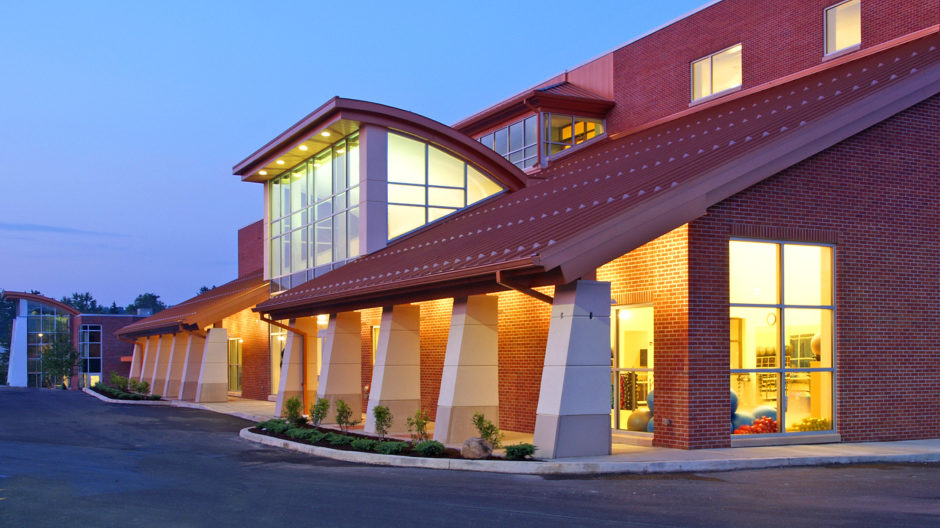
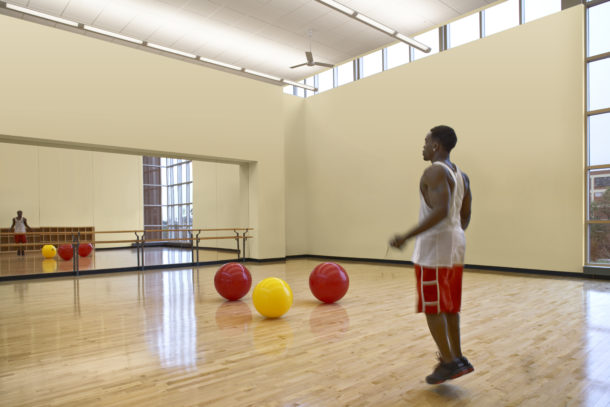
figure 1 | Extensive use of glazing connects the user with the outside environment, encouraging, inspiring, and motivating those at all levels of fitness.
YMCA’s find themselves in an increasingly competitive business environment. Other fitness clubs are expanding their geographical reach, moving into territory where historically the YMCA was the primary or only choice. These competitors offer low cost fitness only membership rates that fuels the competitive marketplace.
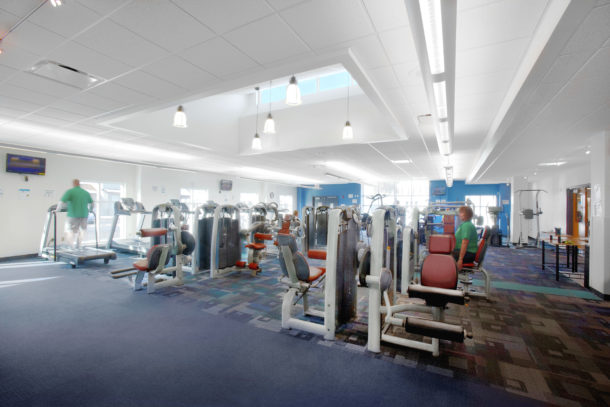
To attract and retain members, YMCA’s rely heavily on the strength of the YMCA Brand, strong core values, wide range of programs including more activity and exercise options that appeal to multiple age groups. One thing that can enhance the YMCA’s marketability is consideration for the positive impacts the quality of the built environment can have.
Many older urban YMCA facilities designed in the early and mid-1900’s, are challenged to appeal to today’s members. Fitness spaces as we know them today were afterthoughts. Often relegated to uninviting basement space and opaque rooms with no connection to other activities or the outdoors. Even facilities that were renovated or built new in the 70’ and 80’s were designed as opaque boxes, lacking transparency to the outdoors, with isolated and compartmentalized interior spaces.
Facility design continues to evolve just as much as the members’ desired approach to total wellness has evolved and will continue to evolve. Building design can be influential in creating a welcoming and inspirational environment for membership.
Increased Building Transparency has Multiple Benefits
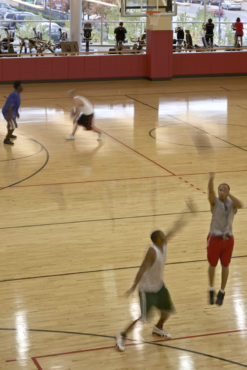
Glass creates light filled interior spaces culminating in an open, airy, and inviting environment. Views to outdoor activity makes participating in indoor exercise much more enjoyable. Exterior glass also helps to merchandize the facility by providing passersby the opportunity to view in and become aware of the activity happening within the building.
Openness within the building, creates views to multiple spaces and energizes the facility. Interior design opportunities include floor plans that promote openness within the building. Not having to walk down long corridors of concrete block walls and peak into rooms through a small window in a door helps bring the building to life.
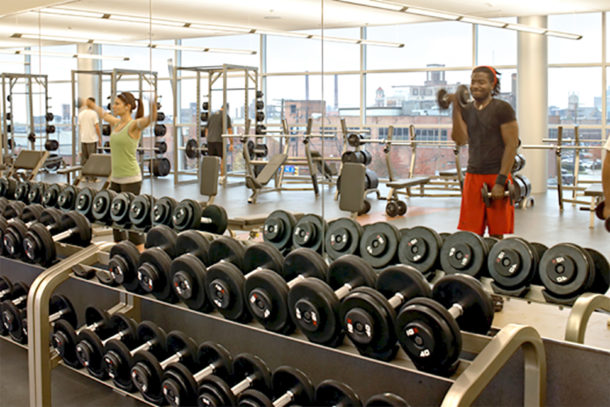
The Y offers many different types of programs, and it takes many different types of spaces to accommodate all the programs. The variety of programs and multiple age groups they appeal to is a significant differentiator between YMCA’s and fitness only clubs. There are strategies within existing building codes that can be implemented to permit building spaces to be wide open to one another, including gymnasiums.
YMCA’s are able to create a sense of community between members, and between staff. Buildings can encourage and support the social aspect of membership by providing inviting lounge spaces.
Creating Comfortable Social Spaces for Seniors, Teens and Families
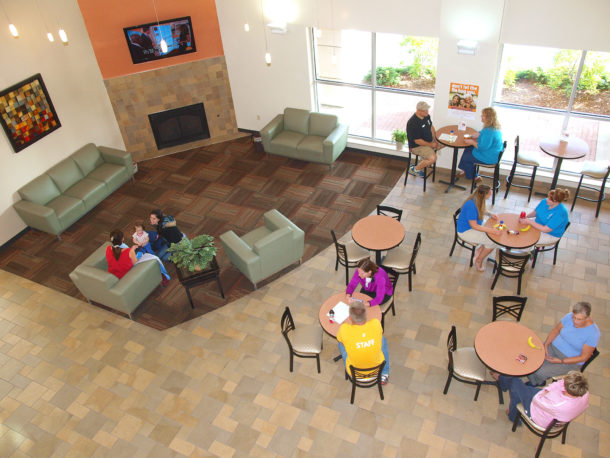
Lounges can be furnished with soft seating areas complemented with fireplace, televisions and wireless internet. Café’s can also be used to activate the space, adding to the enjoyment of the facility and encourage members to socialize.
YMCA’s can appeal to young children with dramatic child-watch spaces. Even for family members too young to use traditional program spaces, inviting play spaces can appeal to youngsters, and make it more possible for parents to visit and use the YMCA knowing their children are content and happy to be there.
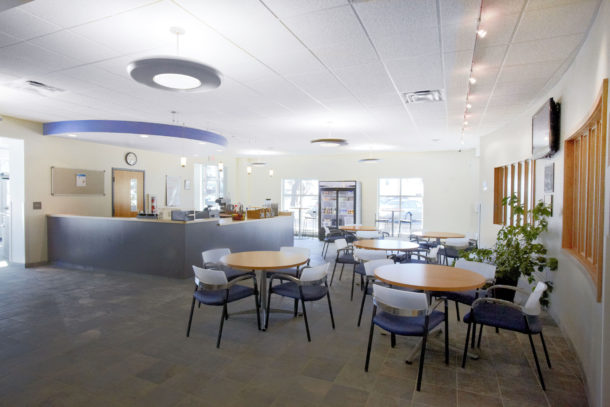
figure 3 | Cafes, juice bars, and lounges have become integral to the social function of most facilities and are furthermore enhanced by the careful selection of furnishings and finishes.

